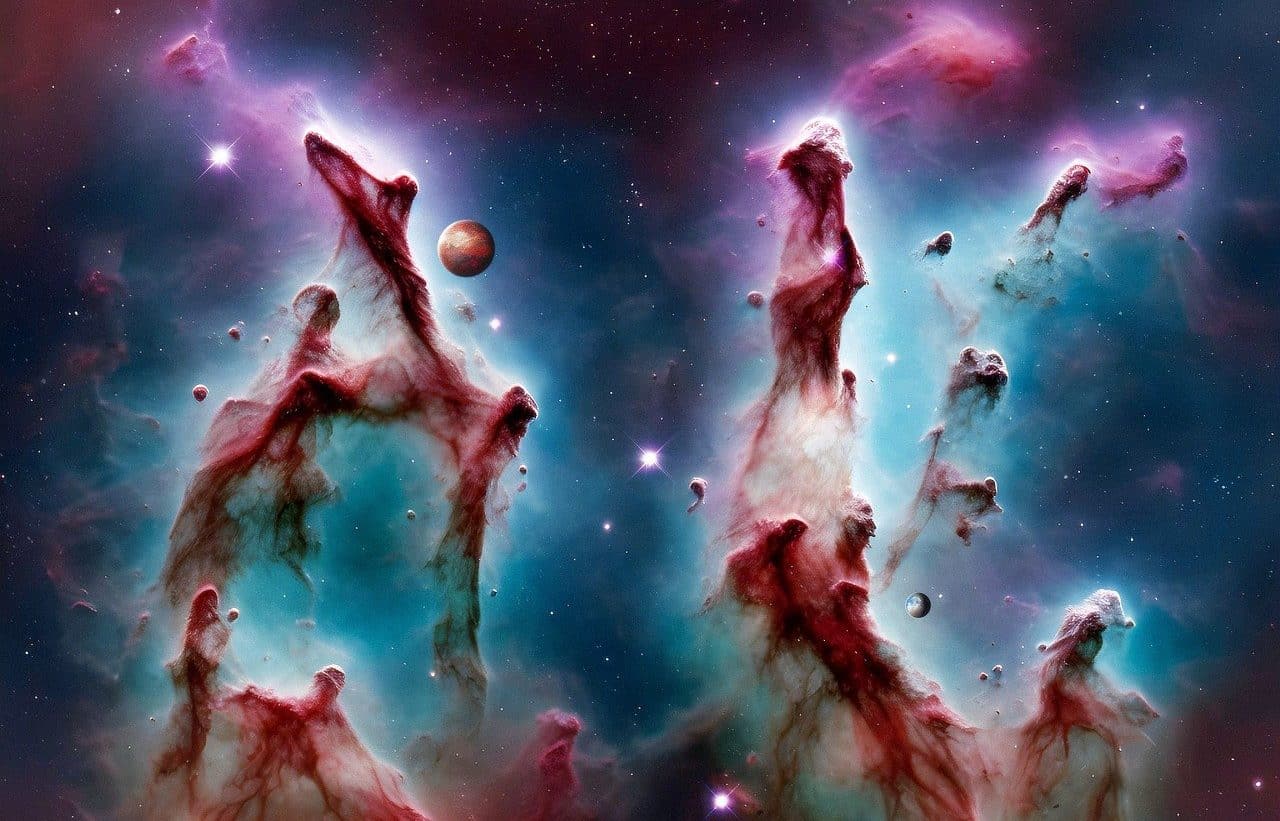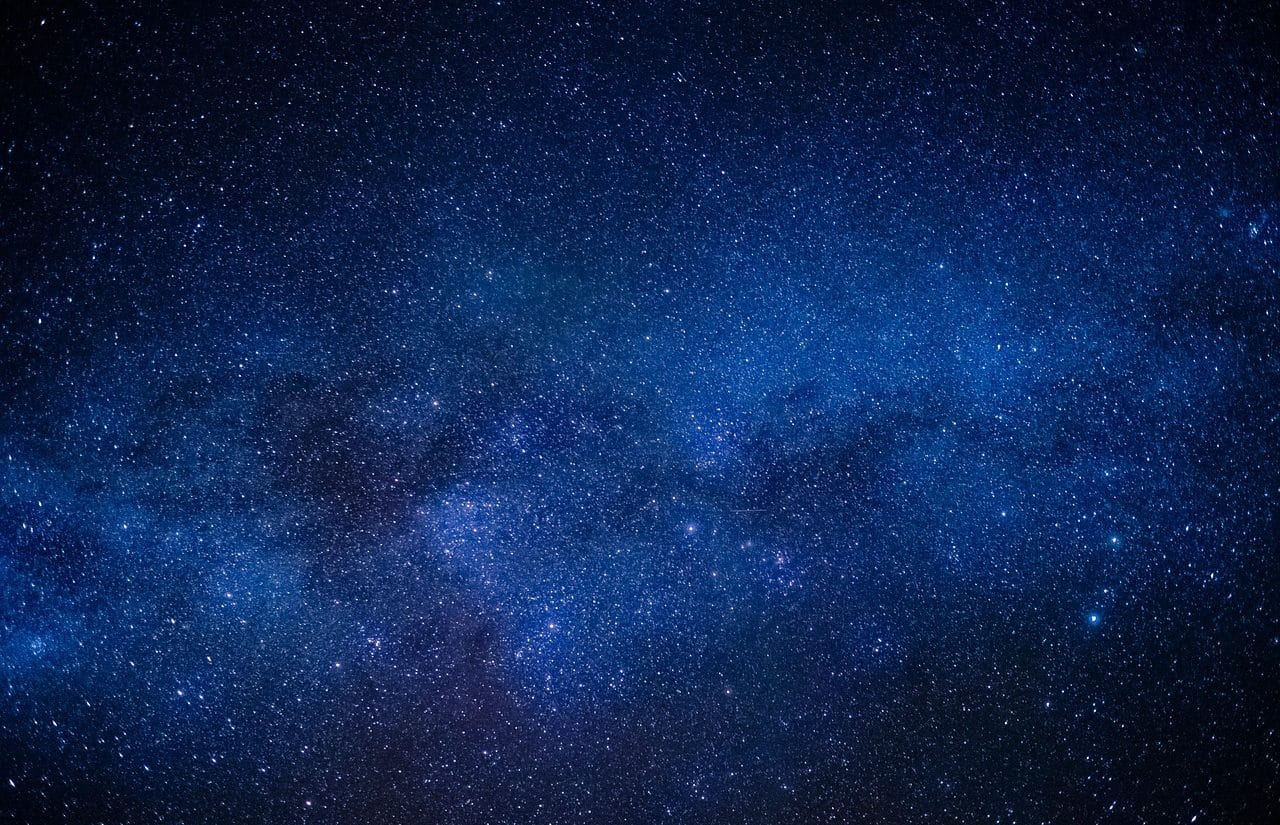
The James Webb Space Telescope enables deep space astronomical observation.
The James Webb Space Telescope is a device intended for outer space research that was manufactured with the contribution of more than a dozen countries. It is a space observatory that is operated jointly by NASA , the Canadian Space Agency (CSA) and the European Space Agency (ESA) .
This telescope , thanks to a sensitivity and resolution never achieved before, has already made possible great discoveries in the field of cosmology and astronomy in general. Due to its characteristics, it is considered the successor to the Hubble space telescope (launched in 1990 ) and even the Spitzer space telescope (which fulfilled its mission between 2003 and 2020 ).
History of the James Webb Space Telescope
The history of the James Webb Space Telescope dates back to the dawn of the 1990s , when consideration began to be given to the Hubble succession. At that time the possibility of using infrared spectroscopy began to be considered.
The project, however, experienced multiple delays, many of them linked to budgetary reasons. Starting in 1996 , NASA , ESA and CSA began working together leading the development, although scientists from many other countries also made (and continue to make) their contributions.
Initially known as the New Generation Space Telescope (NGST) , in 2002 it was renamed James Webb in honor of the man who played a fundamental role in the Apollo program and was the administrator of NASA for seven years (from 1961 to 1968 ). .
Although the James Webb Space Telescope was initially expected to launch in 2018 , this action was finally delayed until December 25, 2021 . An Ariane 5 rocket, launched from the European Space Port located in French Guyana , was responsible for taking it into space .
After the rocket launch, a correction to its trajectory was made to position it in orbit at the Lagrange point L2 , 1.5 million km from Earth 's orbit . The scientists then worked for several months to achieve the correct calibration and alignment of their instruments.

The primary mirror of the James Webb Space Telescope has a diameter of 6.5 meters.
Main features
The James Webb Space Telescope is the largest in history. It is prepared to capture infrared radiation and allows you to see beyond the dust clouds that usually obstruct the view of other telescopes.
Due to its advanced properties, this telescope allows the study of numerous celestial objects, from the planets that are part of the Solar System to exoplanets , including the first stars and much younger galaxies.
The Near Infrared Camera (NIRCam Instrument) , for example, makes it possible to search for star clusters and stars that formed shortly after the Big Bang , in addition to discovering supernovae , studying objects in the Kuiper Belt , and analyzing galaxies that are in formation. The Near Infrared Spectrograph (NIRSpec Instrument) , meanwhile, is used to examine how the atmospheres of extrasolar planets are composed and the creation of chemical elements in ancient times, among other issues.
The Middle Infrared Camera and Spectrograph (MIRI Instrument) and the Near Infrared Camera and Slotless Spectrograph (NIRISS Instrument) are also part of the equipment of the James Webb Space Telescope .

With the James Webb Space Telescope you can study galaxy formation and stellar evolution .
James Webb Space Telescope Discoveries
The James Webb Space Telescope has already made important contributions to astronomy . In July 2022 , to mention a milestone, NASA released the first spectroscopic data and color images recorded by the observatory , including the sharpest and deepest infrared image of the distant universe .
The Southern Ring Nebula (about 2,000 light years from Earth ), the Carina Nebula, the Stephan Quintet and the gaseous exoplanet WASP-96b could also be studied thanks to James Webb .
At the end of 2023 , meanwhile, recorded images of the rings and moons of Uranus were published. The astronomers explained that one of the achievements of the space telescope was the visibility of the illumination of the poles of this planet.
Extraterrestrial life
The search for life on other planets is another of the missions of the James Webb Space Telescope . Having detected high amounts of water, carbon monoxide, hydrogen cyanide and acetylene in the nebula NGC6357 , for example, experts consider that there may be traces of life in a protoplanetary disk in said spatial region.
The possible discovery of a dimethyl sulfide molecule in the atmosphere of K2-18 , an exoplanet located 120 light years from Earth , is also analyzed. This compound, at least on our planet, is produced exclusively by living organisms.
It must be considered that, if it is confirmed that it is dimethyl sulfide, it does not represent confirmation of extraterrestrial life . What it would indicate is that, according to the biochemistry of the Earth , the conditions conducive to a process of chemical evolution that sustains life would exist in K2-18 .
